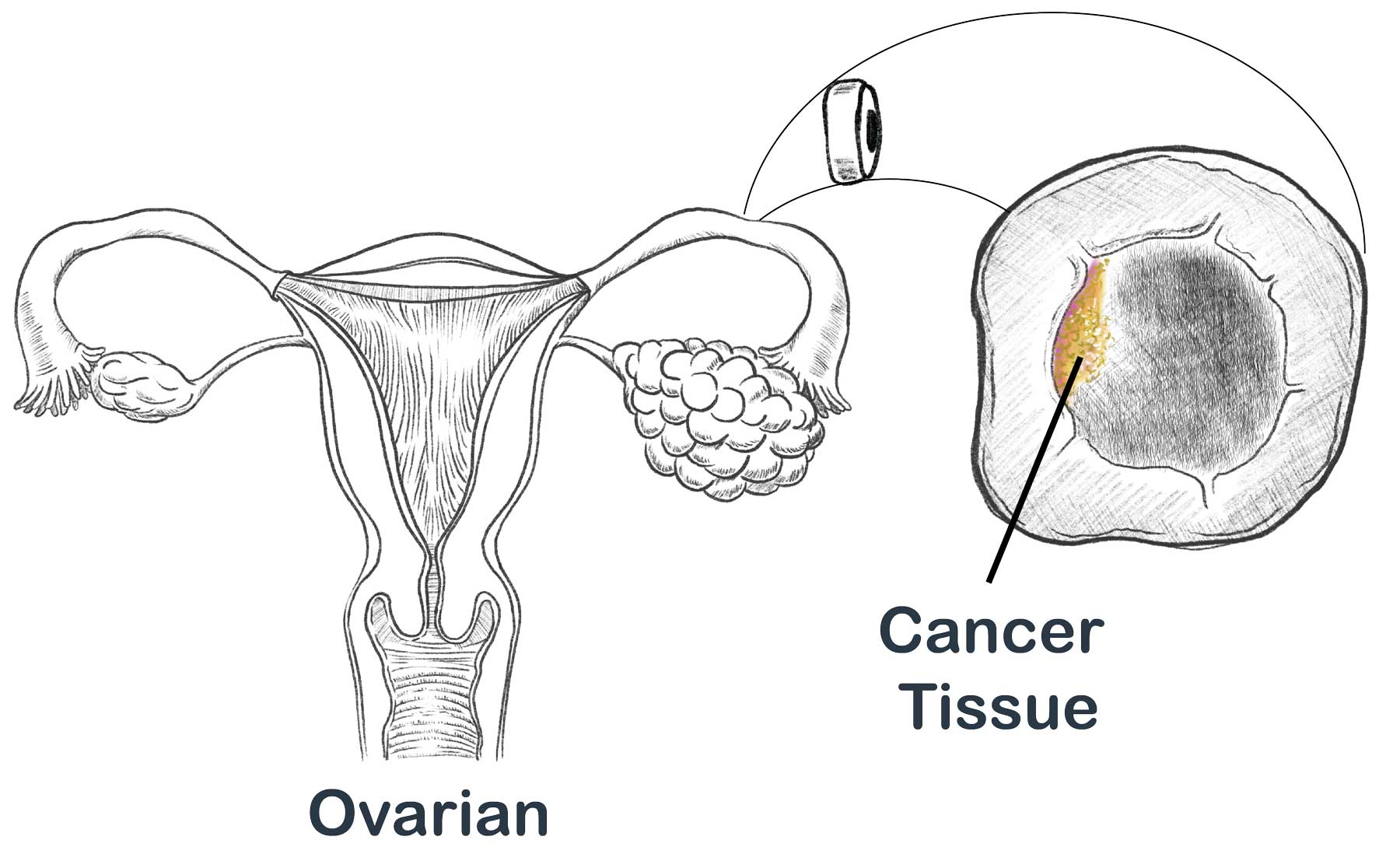Clinical Programs
Overview of Targeted Indications
We have selected the following indications for our lead therapeutic products.

Large B-Cell Lymphoma
(Target: isoform CD19)
Large B-cell lymphoma (LBCL) is estimated to affect 30,000 of patients in the USA and 200,000 of patients worldwide (incl. the USA).
Annual growth of LBCL is estimated by the World Health Organization to be stable (0%).
Standard of Care = R-CHOP at $100,000 annually with up to 50% of a patients ending up refractory to R-Chop.
Rituxan-cyclophosphamide, doxorubicin , vincristine, and

Learn More
30,000 US annually
200,000 Worldwide (incl. USA)
0% annual growth
Stable growth.
R-CHOP (Cost = $100,000 annually)
Rituxan-cyclophosphamide, doxorubicin , vincristine, and prednisone.
An abbreviation for a chemotherapy combination that is used to treat non-Hodgkin lymphoma.
Immune compromised, elderly, and frail with minimal treatment options available.
Treatment failures get Kiromic BioPharma, Inc.
Up to 50% fail R-Chop.
Up to 60% failures cannot get stem-cell transplant and end up on CAR-T.
Up to 50% of the previous failures move to CAR-T.
Malignant Pleural Mesothelioma
(Target: iso form Mesothelin)
Malignant Pleural Mesothelioma (MPM) is estimated to affect 3,000 of patients in the USA and 30,000 of patients worldwide (incl. the USA).
Annual growth of MPM is estimated by the American Cancer Society (www.cancer.org) to be stable (0%) in industrialized countries.
Current standard of care for MPM is Multi-modality (Chemo, Surgery, +/- Radiation);
Chemo $1,000 / case
Surgery $25,000 / case
Radiation $10-20,000 / case
Up to approx. $200,000 to care for a patient post diagnosis.
Refractory population is estimated to be 70%.
Source: American Cancer Society

Learn More
3,000 US annually, 30,000 Worldwide (incl. USA)
Military who are employed in ship-building trades, construction, mechanics, insulation/textile production and installation. Virtually all military services are exposed.
Worse in Navy personnel secondary to ship building/ maintenance and submarine exposures
Overall, incidence going down slightly with asbestos ban in 1983.
Malignant pleura mesothelioma of the of the lung is most common but can also occur in peritoneum, testis, and heart.
How MPM is situated in the lung
The US military is currently setting aside $30BLN annual to settle job-related asbestos MPM for their personnel.
$500,000 = Single claim against the Navy for job related asbestos injury
Source: Veterans and Mesothelioma
Patient impact.
Shortness of breath, chest pain, progressive debility
Mesothelioma is a disease in which malignant (cancer) cells form in the thin layer of tissue that covers
Epithelial Ovarian Cancer
(Target: isoform Mesothelin)
Epithelial Ovarian Cancer (EOC) is estimated to affect 22,000 of women in the USA and 300,000 of women worldwide (incl. the USA).
Annual growth of EOC is estimated by the World Health Organization to be stable (0%).
Current standard of care for EOC is Multi-modality (Chemo, Surgery, +/- Radiation);
Chemo $1,000 / case
Surgery $25,000 / case
Radiation $10-20,000 / case
Up to approx. $200,000 to care for a patient post diagnosis
Refractory population is estimated to be 70%.
Source: American Cancer Society (www.cancer.org)
Learn More
22,000 US annually,
300,000 Worldwide (incl. USA)
Elderly females (> 60 yrs old). Genetic mutations and/or a family history of varian/breast/colorectal cancer increase the risk of EOC.
Patient impact.
Hair loss, nausea, weakness, nerve damage, etc.
Ovarian cancer can metastasize to abdominal peritoneum which is extremely difficult to treat
Treatment
100% get multi-modality therapy.
70% will fail multi-modality therapy.
Standard salvage therapy. Multi regiments.
Mostly get chemo variants which were not given already.

